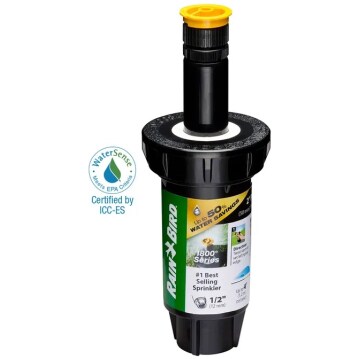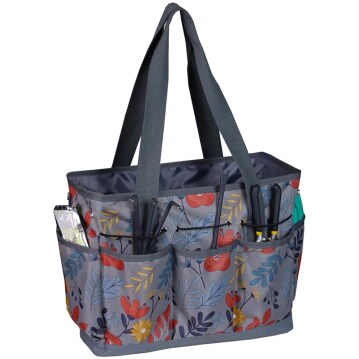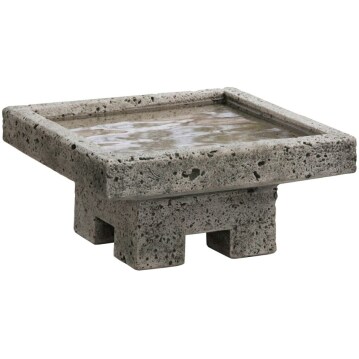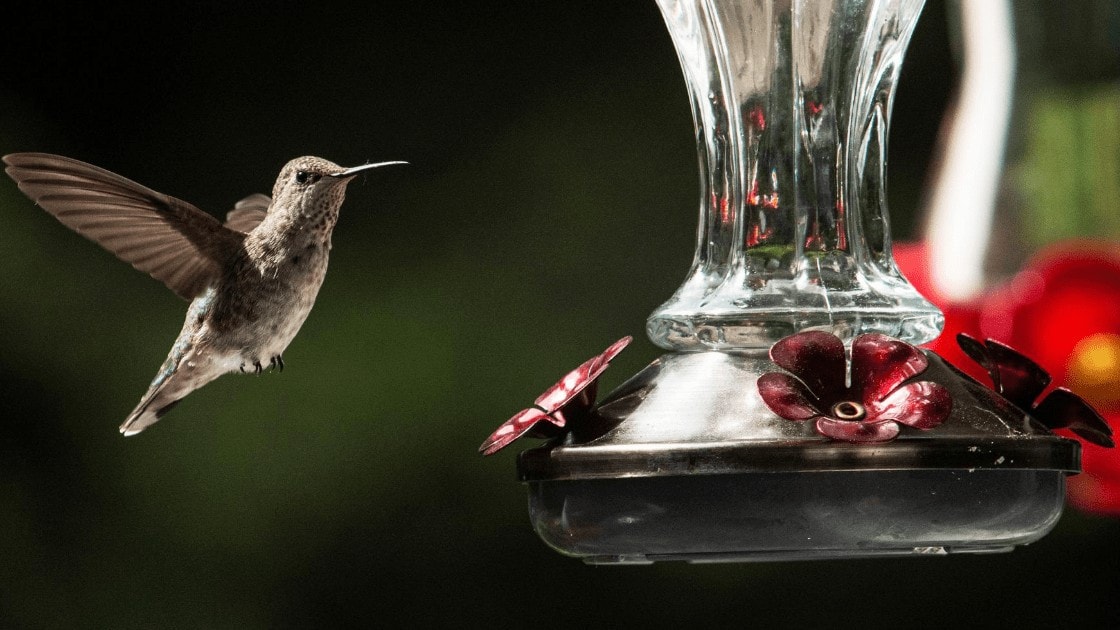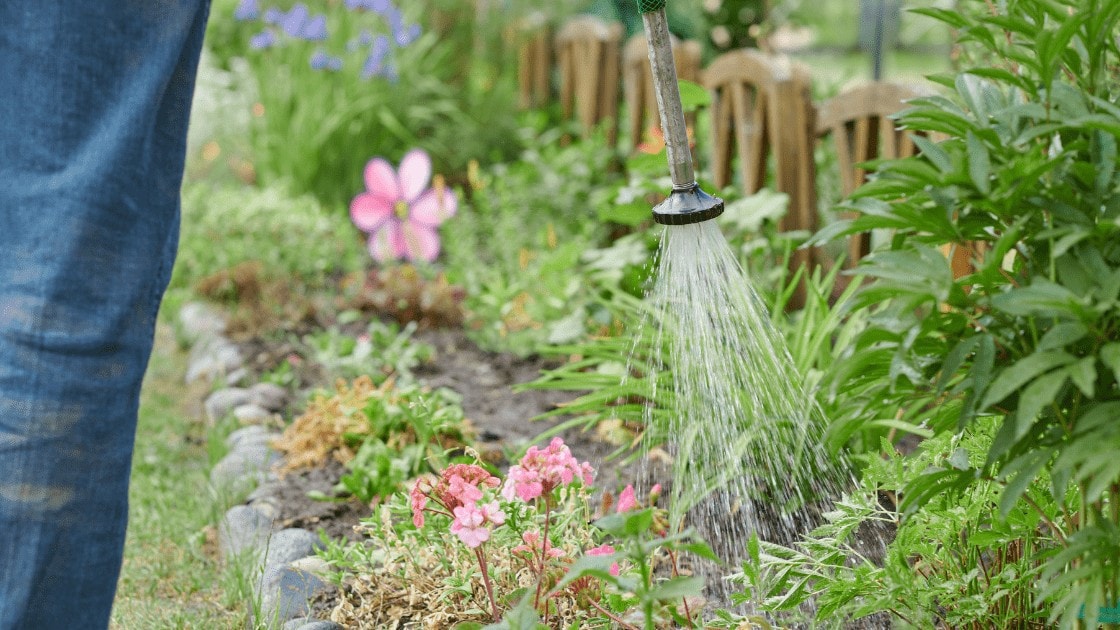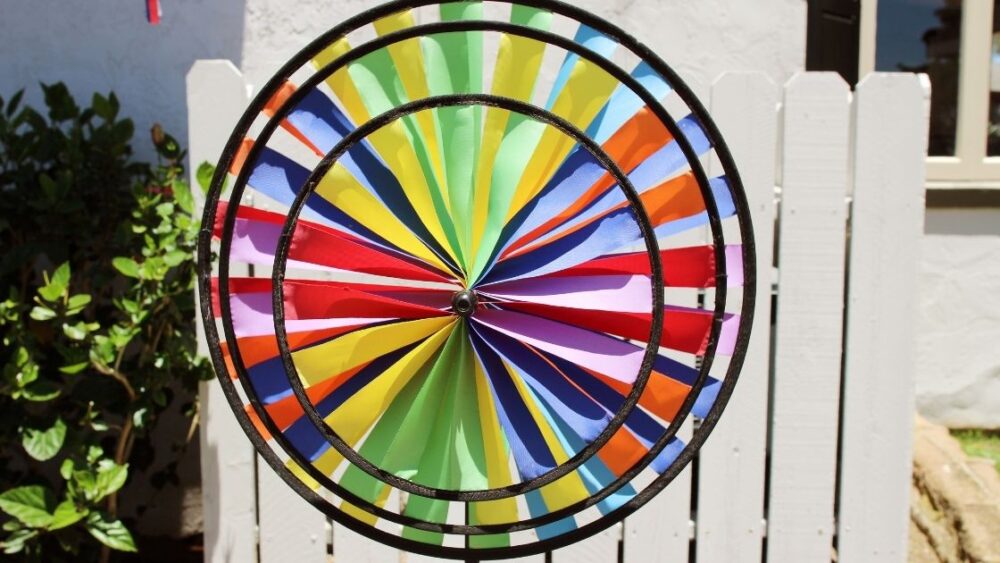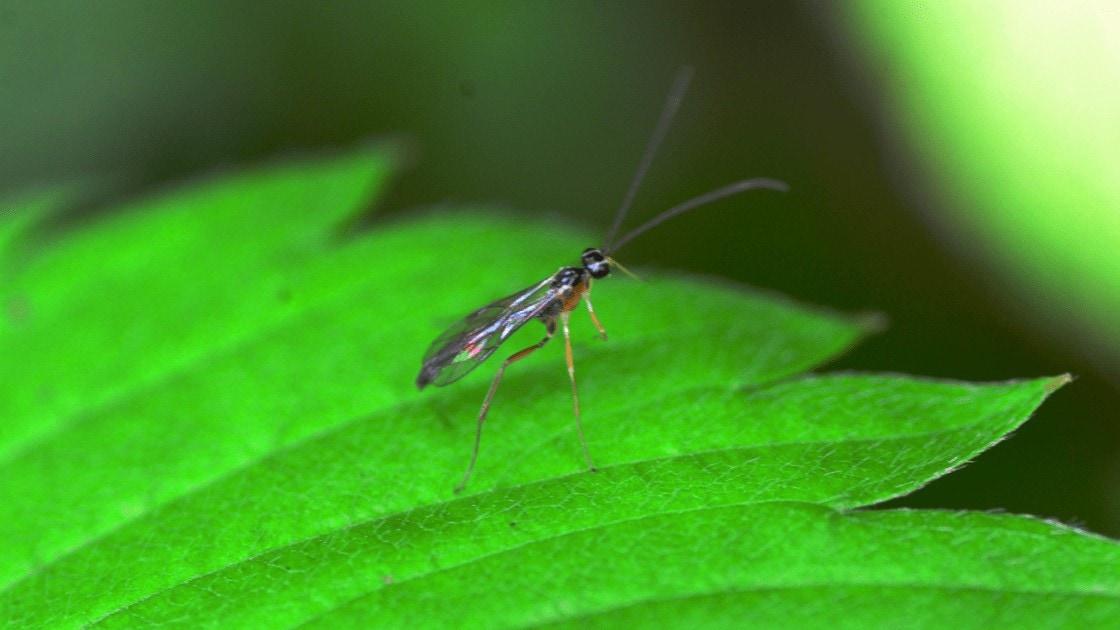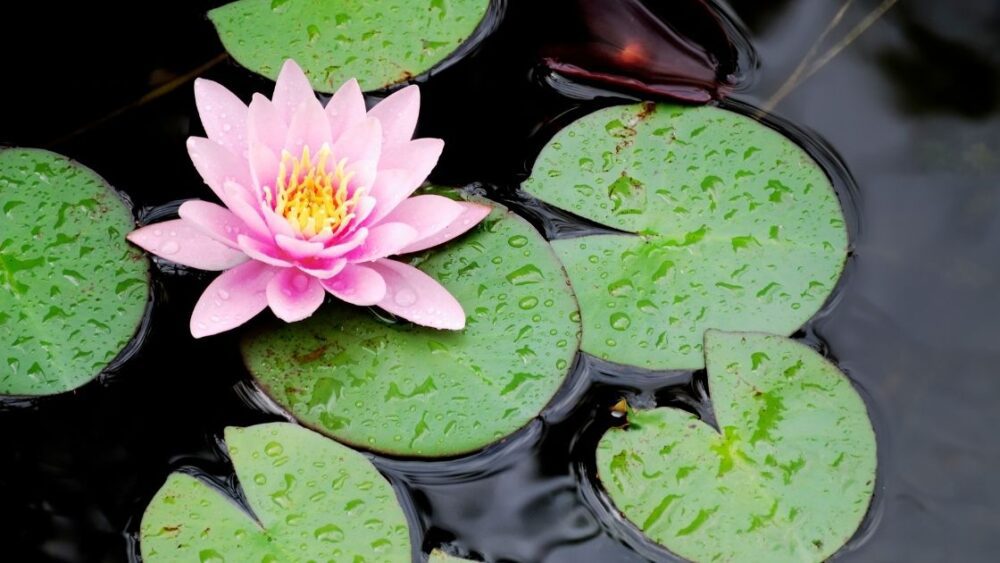
All plants require plenty of light in order to grow well and flower, but there certainly is a point of diminishing returns – at some point, the photosynthesis rate will plateau and any additional light will only supply unwanted heat.
As we’ll discuss, direct sunlight has about two times higher light intensity than the maximum which can be utilized by most plants. This increases the water demand of houseplants, causes wilting and can even lead to irreversible damage to the top branches.
Patios can be particularly susceptible to this problem – because of their design, they often allow direct sunlight to fall at an angle, while at the same time shielding the plants from wind that would otherwise have provided some cooling.
Browse our Affiliate Products
Fortunately, this problem is easily solved by using shade cloths or installing blinds. Not only will this protect your patio plants from the direct rays of the sun, but it can also reduce the heating effect of the sun on your patio, reducing your air conditioning expenses and making the area more comfortable during the hot summer months.
The Difference Between Shade Cloths and Blinds
All shade cloths are designed to let a certain amount of sunlight through. This allows for an ample amount of light to reach the canopy of the plants, with no unwanted overheating occurring. Typically, the amount of sun blocking is given in percentages and options from 20% to 90% blocking/shading are widely available.
The amount of light blockage is determined simply by the percentage of the cloth area occupied by fibers – the rest being open space that lets light through.

Blinds on the other hand are not really designed for smoothly reducing the amount of sunlight getting through – usually, they are used for completely blocking out sunlight.
However, as anyone who regrets not buying special, black-out curtains for their sunrise-facing bedroom will tell you, regular fabrics still let a significant amount of light through. This means that rolling blinds made out of thin fabrics may still function very well as a shade cloth and let sufficient amount of light to keep your plants growing happily. Many blind designs that use thick natural fibers will block almost all of the light that falls on them.
If your look for something other than shade cloths, check out our patio umbrella article here: The 5 Best Material to Look Out for In Your Patio Umbrella!
What Type of Shade Cloth Is Good For Patio Plants And Will They Survive Under 100% Shading Blinds?
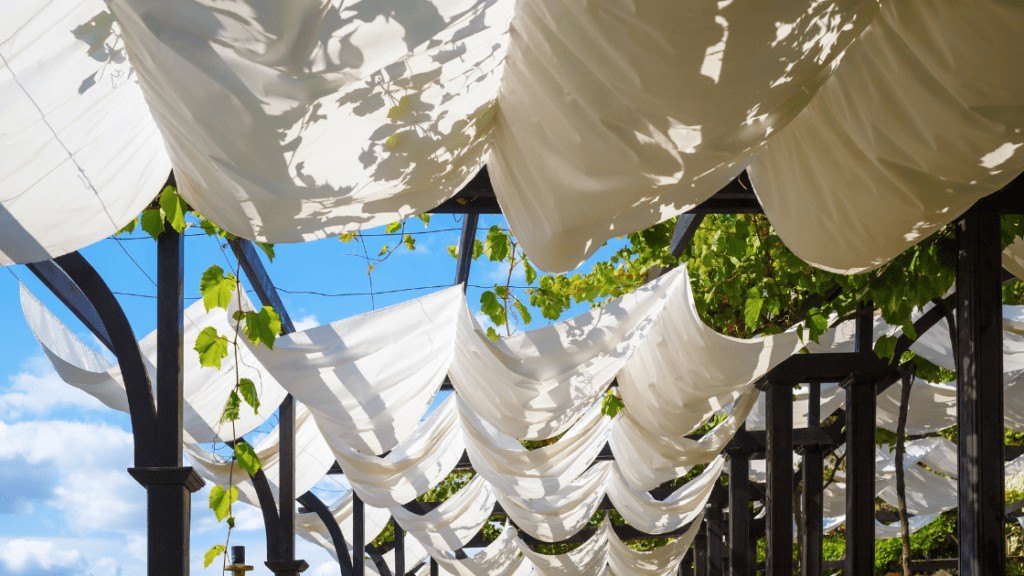
As we already mentioned, shade cloths have a percentage figure that tells us how much of the sunlight is being blocked. But how do you choose the right percentage shade cloth for your patio? And what about blinds that block all of the sunlight that falls on them?
Let’s talk some numbers! When it comes to light intensity for photosynthesis, scientists use PPFD (photosynthetic photon flux density), measured in micro-moles. This is far too complicated and unnecessarily accurate for our purposes.
Instead, let’s use lux units – not only are they easier to understand, but a specialized lux meter can be bought for as little as $20. Not only that, most modern smartphones have a light sensor on their front, the data from which (displayed in lux) can be easily read by installing a free lux meter/light meter app.
Some Light Intensity Math
Direct sunlight is around 100,000 lux. This means that if we use a shade cloth that provides 90% shading, our light intensity will fall down to 10,000 lux. All sun-loving plants (which are all plants that don’t grow inside forests in their natural habitat) have similar photosynthetic requirements for optimal growth. For virtually all plants, the light intensity at which photosynthesis gets ‘saturated’ and hits a plateau is around 30,000-50,000 lux.
This means that even the most sun-loving plants can still benefit from a 50% shade cloth – their growth won’t be hindered at all by the additional shade and in fact their water demands and heat stress levels will drop.
The minimum light intensity you want to have is around 1,000 to 5,000 lux, at which point most plants will barely grow, but will still survive fine. Since direct sunlight is 100,000 lux, this means that even a cloth providing 95% shade will still allow your patio plants to survive, especially when you factor in the indirect sunlight that comes in from the sides of the patio.
Of course, this is assuming that your patio is situated in a location that receives a lot of direct sunlight.
It’s interesting to note that up to the plateau point of around 50,000 lux, the growth rate of most annual or fast-growing plants (which includes almost all non woody and non-exotic plants, such as most vegetables) will depend linearly on the light intensity.
For example, using a 90% shade cloth will slow down the growth of your plants around 5 times, compared to them receiving direct sunlight.
While these are all rough estimates – the shade cloth or blinds will most likely not cover your whole patio, so a lot of direct or indirect sunlight will still enter from the sides. And most patios aren’t illuminated by direct sunlight all day. But still, by using the simple calculations above, you can surprisingly accurately determine how much a shade cloth will affect the growth rate of your plants.
Different Consideration For Different Types of Plants
If you have small, potted plants in your patio and you don’t really care about them growing quickly, you generally don’t need to factor them in your decision when you’re choosing a shade cloth or blinds – it’s difficult to make a patio dark enough to kill a plant.
If you’re growing vegetables or any type of plant which you want to harvest and you care about the yield, it’s best to use a suitable shade cloth that will provide enough light for proper growth.
Usually, this means 50% to 80% for patios in very sunny locations and less than 40% for patios that already receive some shading from nearby buildings or trees. The same rules apply for plants that produce a lot of decorative flowers – flowering takes a lot of energy and requires a lot of light.
Amazon offer some excellent shade cloths as seen below.
Indirect sunlight
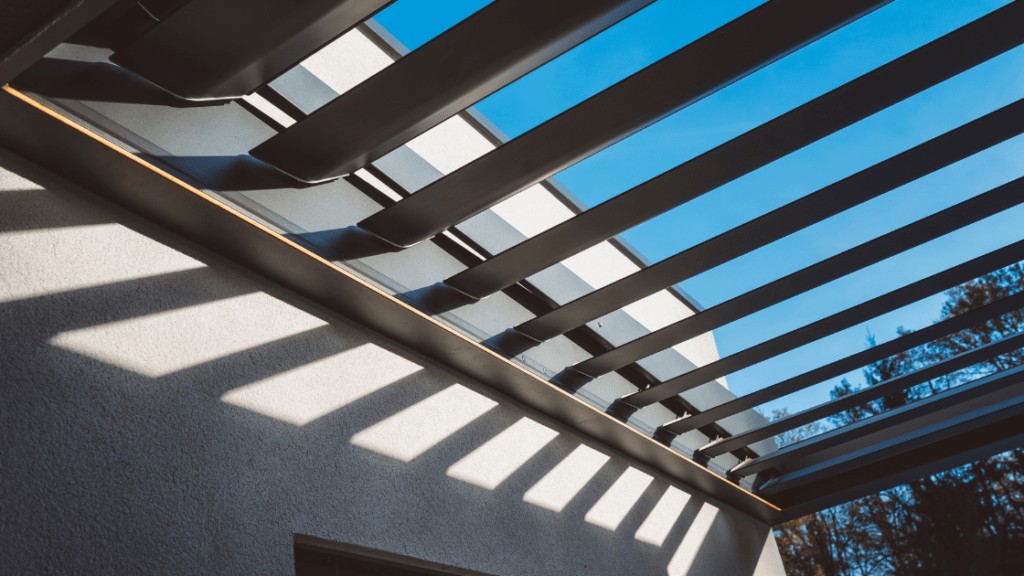
It’s important to consider the effect of indirect sunlight – if the top of your patio has blinds installed and they cast complete shade on the whole area, this obviously still doesn’t mean that your patio is completely dark.
Indirect sunlight, reflected and diffused by the sky will still get through from the sides and depending on your particular situation, this will likely be enough to keep your plants happy, even though it won’t provide them with the light levels for achieving a maximum growth rate or flowering.
This means that you don’t generally need to worry about your patio plants dying because of too low light intensities – unless you shade your whole patio and turn it into a fully-covered tent, a lot of light will still be available for decent growth.
Do Outdoor Blinds Work Better Than Shade Cloths?
Blinds certainly work better for blocking sunlight, but if we want to grow plants on our patio and want to provide them with enough light for ample growth, this is obviously not ideal. However, the indirect sunlight that gets in the patio from the unshaded sides will often be enough for most plants.
If you’re using your patio as a place to spend time in and have plants that are just providing some decoration, you don’t really need to worry about your blinds providing too much shade and killing your plants.
Amazon offers some excellent choices in outdoor blinds as seen below
Are Shade Cloths or Blinds Better For Overall Growth And Flowering?
This depends solely on the design and location of your patio, as well as the direction it faces and buildings and trees around it which provide their own shade. Although shade cloths are a proven way to ‘filter’ the sunlight and achieve the perfect light levels for plants, blinds can certainly be used as well, especially if you aren’t growing vegetables or looking for the fastest growth possible.
If your patio is situated in a relatively open area, without a lot of bushes and trees surrounding it, even 100% lightproof blinds placed on the top may not result in light levels falling below 10,000 lux – which is still enough for virtually all plants. Blinds are also easily opened and closed, which gives you much more control over the light levels.
Using Shade Cloths For Privacy
Shade cloths can also be used for providing privacy – even the most coarse cloths will generally obscure the view in your patio from outside during the day. However, at night, any lighting inside the patio will provide a lot of potentially unwanted visibility from the outside, in which case blinds or thick curtains may be more practical.
Other Methods Of Providing Comfort For Patio Plants and Reducing Heat Stress
If your plants start wilting when you place them outside in the patio, this doesn’t necessarily mean that shading is your only option. If you give your plants a partial shade for a week or two, they will start adapting to the hotter conditions and will develop a larger root system to meet the water demand.
Another great option is installing an outdoor fan in your patio – the air movement it creates will cool down the leaves of the plants enough to enable even heat-sensitive plants to survive without wilting.
Final Thoughts
There are three basic scenarios when it comes to shading a patio which also has some plants growing in it:
I want to shade a patio as much as possible to provide maximum comfort during the summer while still having decorative plants around: In that case, you can either use blinds or a 90% shade cloth. Almost all patios will still receive plenty of indirect light in order to keep potted plants alive and flowering.
I want to achieve a good balance between growing plants and providing a comfortable environment: If you spend a lot of time in your patio during hot summer months, but also want to grow vegetables, herbs or profusely-flowering plants, you can go with a 50% to 80% shade cloth. Blinds can also be practical, because you can close them while you’re in the patio and open them afterwards.
I am mainly concerned with the growth rate of my plants but also want to protect them from the sun: Go with a 20% to 50% shade cloth or use no shading at all, depending on whether wilting occurs in your plants. Consider other methods of reducing heat stress, such as fans, larger pots or simply give your plants time to adapt to the hotter conditions. If you use blinds, make sure to keep them open as much as possible.

